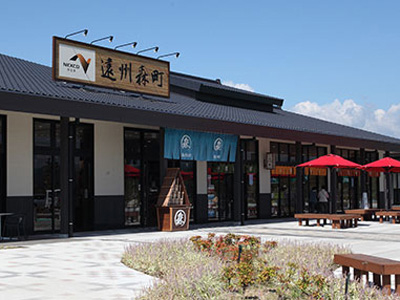
A parking area located between the Morigakegawa IC and the Shin-Iwata Smart IC. It is located about 3.4km from the Morigakegawa IC. In the food court, there are four shops, including "Butama Shokudo" and "Nokkedon", and you can enjoy local gourmet food. Products related to Morimachi's history and specialty products are lined up in shops and food court menus. Products using tea and Jirō persimmon, which can be said to be representative of local specialty items, are popular for souvenirs. The sweetness of soft ice cream and dumplings using Morimachi matcha is also substantial. There is "Daily Yamazaki" which is open 24 hours. There is also a smart IC that can be used all day.
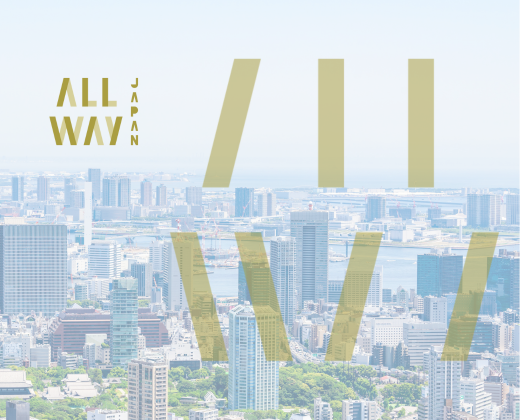
The pottery of "Mori no Akayaki", which follows the flow of Shitoroyaki, one of the Shitoroyaki Shichiki, one of the Shitoroyaki Shōbori Shōshō, and as the name suggests, the fresh red is striking.
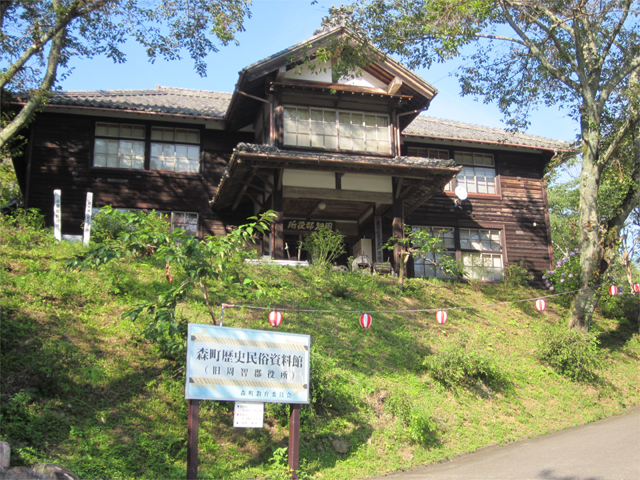
The building of the Zhou Ji-gun government office, which was built in 1885, was relocated and opened in 1979. In addition to living tools from the Edo period to the Showa era, stone axes from the Jōmon period, and Yayoi-style earthenware, the exhibition features materials from local greats, including Tosaburo Suzuki.
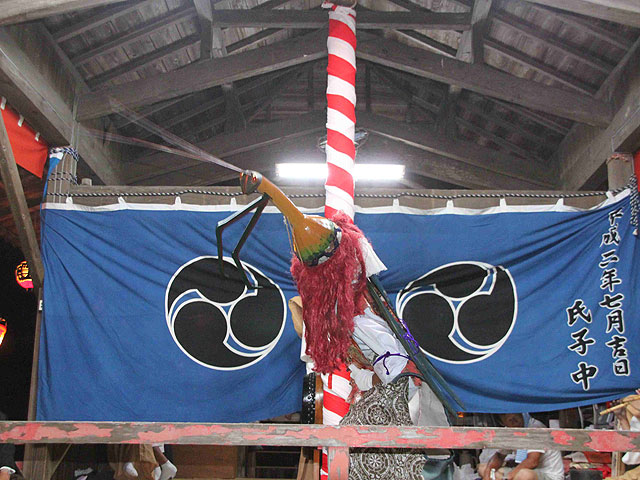
The shrine where the Tenno Matsuri Dura is performed, one of the three major Morimachi dances designated as the national important intangible folk culture property. A rare dance in the country, such as a dragon dance with both feet on a pillar and hands and head up and down according to the music, and a mantis dance with a kamakiri wig, are performed on Saturday and Sunday near July 15 every year.
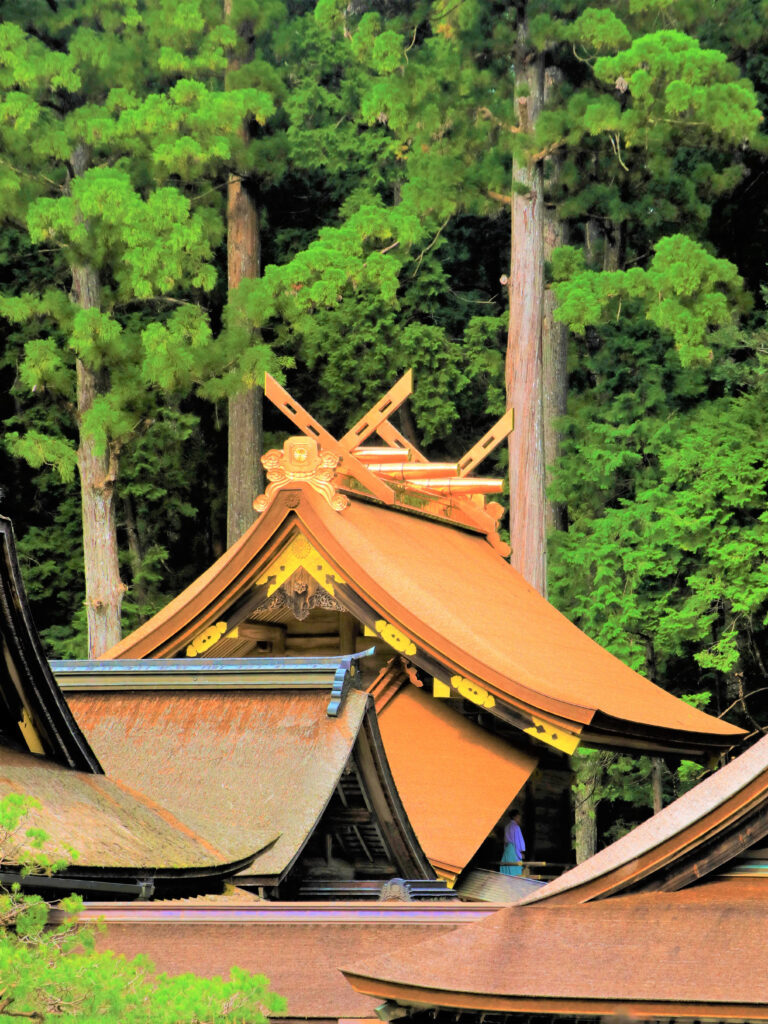
In the 1470-year-old Genjō, the Kokoku Shrine is located in a vast area of over 250,000 pyeong, which is called the Healing Saiba [Iyasin no Yuniwa]. Worshippers come from all over the country as a famous company for the marriage, extermination, and traffic safety that enshrines the kind-hearted god Oki Takami. Known for the prayer office of Tokugawa Ieyasu, he won the Battle of Nagashino and the Battle of Sekigahara after the opening of the battle and the battle of Sekigahara in the year 1572 (1572), thus fulfilling the Great Application of Tenka Unification. The "Rising Stone of Prince Ieyasu", which is said to have been perched by Prince Ieyasu, is also extant, and there are still many worshipers who pray to fulfill their wishes. Souvenirs and other items are also sold at the gate. Tea and Kadozen-name confectionery "En Baum Kozuchi" is very popular.
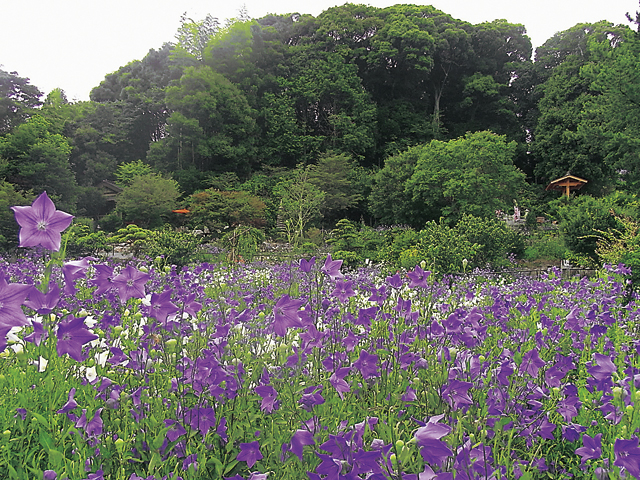
About 1 million kikyo plants of 15 species bloom in the precincts, and it is counted as one of the "three big Japanese temples." During the flowering period, they sell kikyo ice cream. From the end of June to the end of July, 170 bowls of flower lotus can be observed.
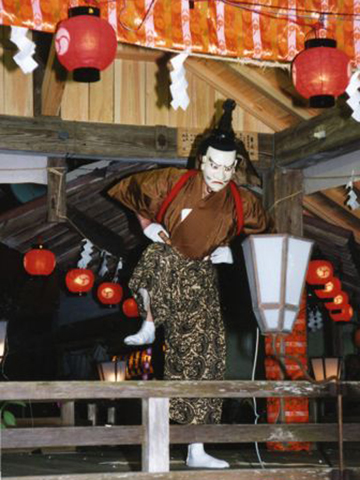
A shrine is dedicated to the first Saturday and Sunday of April every year, one of the three major dances in Morimachi, designated as an important intangible folk cultural treasure of the country. The main shrine and the shrine are designated as cultural treasures of the prefecture, and the large tree of Naginogi, which is enshrined as a sacred tree in the precincts, is designated as a natural monument of the prefecture.
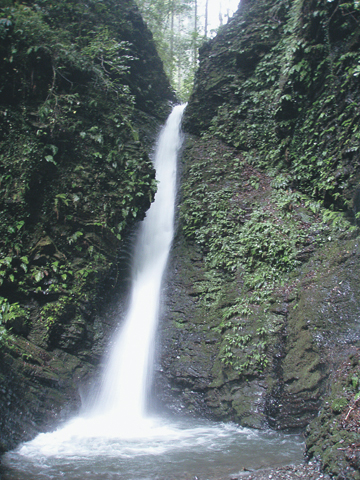
A waterfall located approximately 6km upstream from the center of Morimachi. There are a total of three waterfalls, including Ichinotaki, Ninotaki and Sanotaki, but only one waterfall with a height of 14m and a width of 2m can be seen. There is a promenade leading up to the waterfall, so let's aim for a leisurely waterfall while enjoying the idyllic satoyama and the babbling of the Kuzubu River.
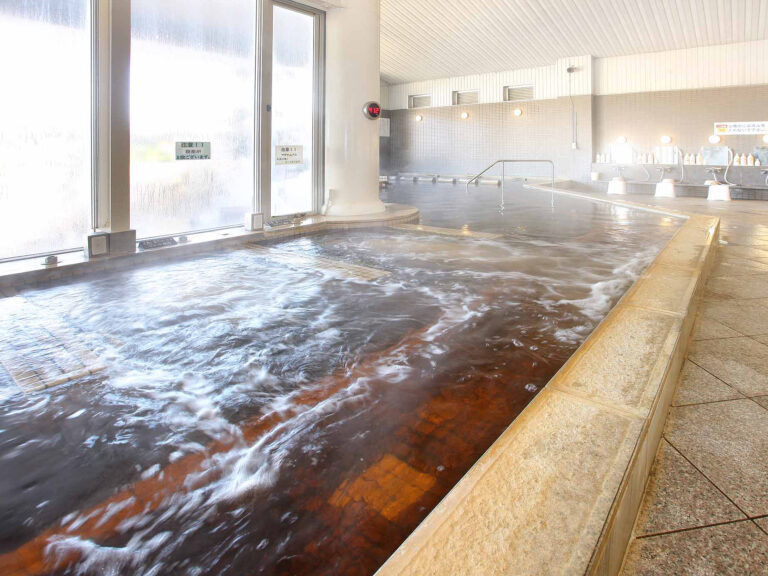
A rare amber-colored sodium-chloride hot spring in the whole country. The effect of warming the body is so great that it is also referred to as "hot water", which improves blood circulation and relieves muscles. Hot spring ingredients contain a lot of metasilicic acid and have a high skin effect, and chloride springs are said to have a great moisturizing effect and a great effect on chilling. A water bath in a natural water sink that is being pumped from 250m underground. The natural water contains silica, and all the water in the hall uses natural water. There is a restaurant, and home-grown, Torafugu dishes are also popular.

A complex where you can buy (Okate market), eat (yadari), and experience (studio, others) Don Asaba. In the Okato market, "fresh, secure and safe" seasonal vegetables are sold. Whole bean wealth, whole soy milk and processed products are also popular.











